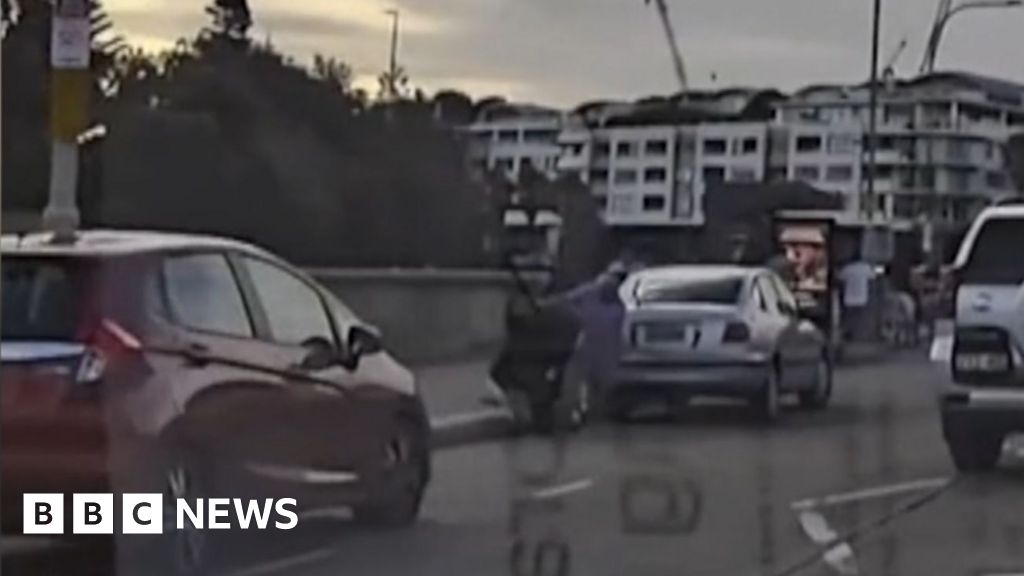The opening of the Digital Week in Ouagadougou on November 18, a major event in the Burkinabe tech landscape, was marked by the sensational appearance of a mysterious robot.
Images of a humanoid robot, dressed in a traditional Burkinabe outfit, moving and interacting with visitors, flooded social media platforms like X and TikTok. Online, the creation is being hailed as a model that is "100% made in Burkina Faso". One of the accounts that circulated the videos also shares content hostile to France.
These clips garnered several tens of thousands of views before being picked up by some African news outlets. For instance, the website Togoscoop Info claimed that the robot was “entirely developed locally, from its mechanical architecture to its integrated control system".
In reality, the whole picture is more complex: the robot is not entirely made in Burkina Faso, even though local expertise was involved.
Chinese robot calibrated in Burkina Faso
A reverse image search conducted with screenshots from the video (see our guide here) led to other sources documenting the robot. Franck Yacine Sawadogo, a design engineer at the Ministry of Digital Transition, clarified the device's origin in an article published on November 20 by Burkina 24. "These robots are not manufactured in Burkina Faso," he stated. "Our expertise consisted of programming these robots. When the models arrive, we proceed with their calibration, then their programming."
The article specifies that the machine is a G1 robot, a model produced by Unitree, a Chinese robotics company. This model can be found on Unitree’s website.
However, Burkina 24 reported that “the local expertise played a crucial role”, though this expertise was not focused on the machine’s hardware design. In other words, while the robot wasn’t manufactured in Burkina Faso, it was prepared, adapted and programmed there.
AI and technology serving political communication
This specific case is part of a broader pattern of exploiting new technologies and AI for political communication purposes.
In October 2025, images allegedly showing an “ultramodern command centre for the AES” (Alliance of Sahel States) were widely shared on social media, but they turned out to be AI-generated.
Similarly, just a few months earlier, the Observers team identified several videos touting Burkina Faso’s “industrial success” – featuring tractors, smartphones, and agricultural machinery – as digital propaganda created by AI.
Another video, presented as showing the construction of a railway in Burkina Faso, was also found to have been taken out of context and filmed in Malaysia.
AI has also been used to create videos celebrating Burkina Faso's President, Ibrahim Traore, including fake music videos of stars like Beyoncé or R. Kelly allegedly endorsing him.
This article has been translated from the original in French.











 English (US) ·
English (US) ·